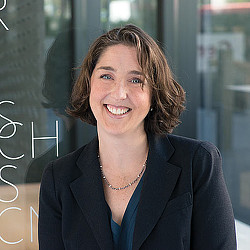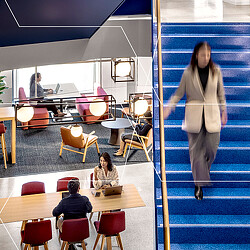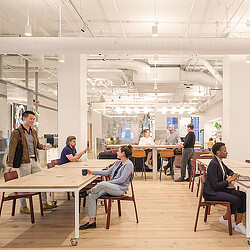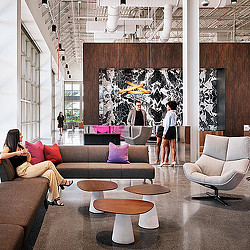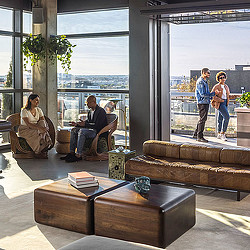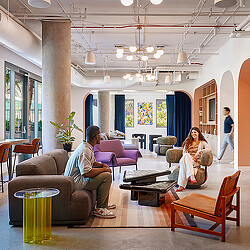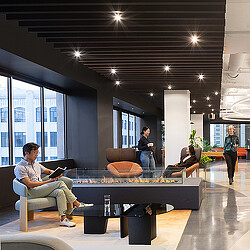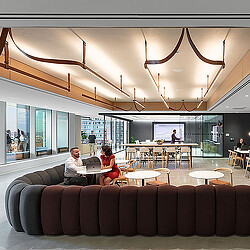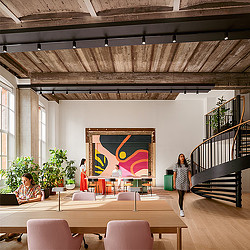The Future of Work Is Human: Designing for Culture and Experience
The challenge in front of us is to design places that empower creativity, build belonging, and support people and teams to do their best work.
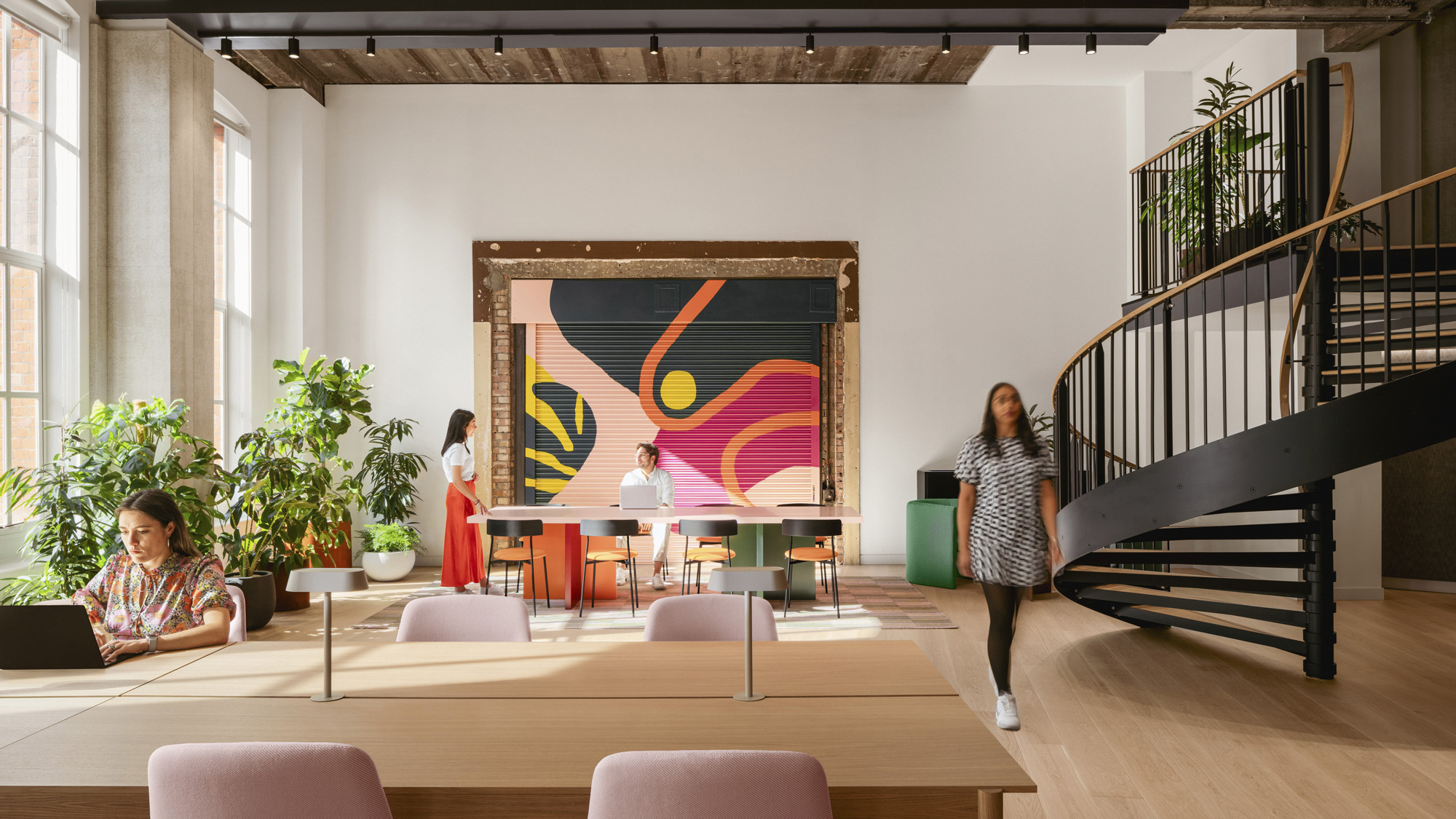
Editor’s Note: This article was originally delivered as a speech at Fortune Magazine’s 2025 Workplace Innovation Summit.
These days, there are many voices sharing a dystopian vision of the future of the workplace. From Succession to Severance, the common threads — in Hollywood’s imagination, at least — are isolation, control, surveillance, and a general disregard for people’s autonomy and well-being.
But the real future of work? It’s not dystopian. It’s deeply human. It is not about designing better mandates or more clever perks. The challenge in front of us is to design places that empower creativity, build belonging, and support people and teams to do their best work — whatever that looks like.
At Gensler, we’ve spent decades designing workplaces of various sizes for organizations across industries and around the world. What we’ve found is that organizational culture doesn’t live in a mission statement; it lives in people — in their behaviors and the places where they gather.
So instead of asking, “How do we get people back into the office?” let’s flip the question: How do we create spaces that people want to spend time in? Spaces that drive connection, spark innovation, and reflect our shared values? Spaces that encourage colleagues to build relationships and to connect with the purpose of your organization?
Because the workplace isn’t just a mirror of your company culture. It is truly a driver of that culture.
The Heart of the Workplace
What every great workplace has its core is a heart — a place that people choose to be because it feels good to be there.
Physically, it’s the central place where your people naturally gravitate: the coffee bar that sparks impromptu brainstorms, the lounge where colleagues gather to chat, the canteen that flexes from a buzzy lunch spot during the day to an event space at night.
It’s the place where people from different teams naturally run into each other and relationships across departments are built.
Culturally, it’s the space where your values become visible: where new hires get the feeling of your brand without being told, where impromptu mentoring and coaching happen, and where your people experience what it means to be part of your organization.
If your workplace doesn’t invite collision, creativity, and care — it’s not a culture space. It’s a cost center.
You can’t force culture. But you can design the conditions for it. You can create places that attract people from different teams, that break down silos, and that give rise to serendipitous interactions.
Most importantly, the heart of an office isn’t assigned; it’s claimed.
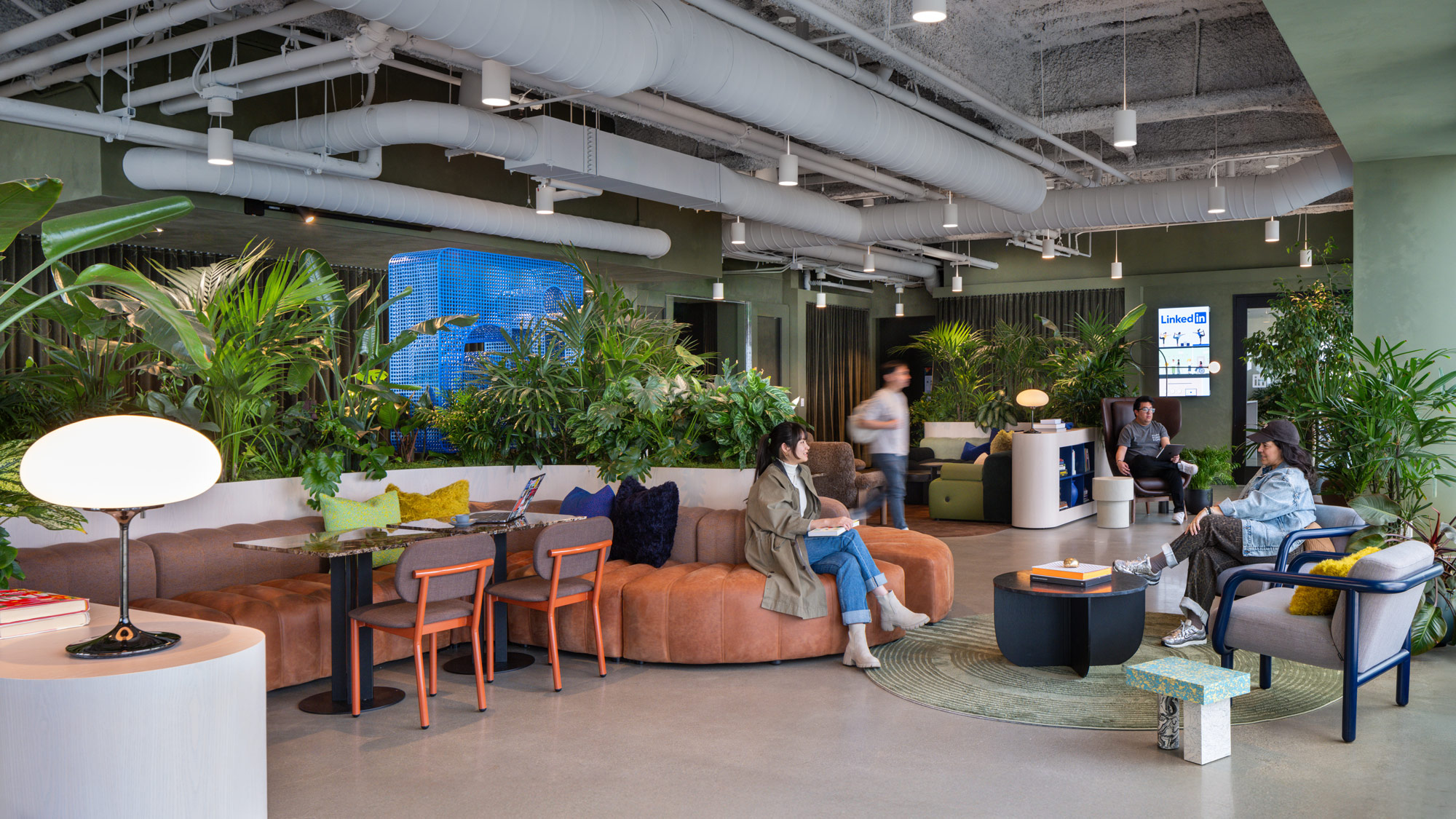
A New Understanding of Balance
So why have people been reluctant to return to the office? It’s not just because they like their pets and pajamas. The reality is that they’re opting out of a place that feels imbalanced and doesn’t suit their real needs.
If the workplace makes it harder — not easier — to do focused work, collaborate seamlessly, or feel inspired and connected… why would anyone come in? The best workplaces today are high-performance ecosystems that offer meaningful balance.
Balance means having both deep-focus spaces and collaborative zones, private nooks and vibrant commons, seamless digital integration and thoughtful in-person touchpoints.
Our 2025 Global Workplace Survey has shown that privacy for deep focus is a top priority for people across different age groups, locations, and industries. Workers want to be able to focus on their work, and they often have a hard time doing it at home, where there can be distractions.
It’s not that people want isolation, but rather choice. People want agency in how they engage with their work and with others. Design can deliver that with private spaces or small huddle rooms, common areas dedicated to quiet, focused work, or lively communal spaces.
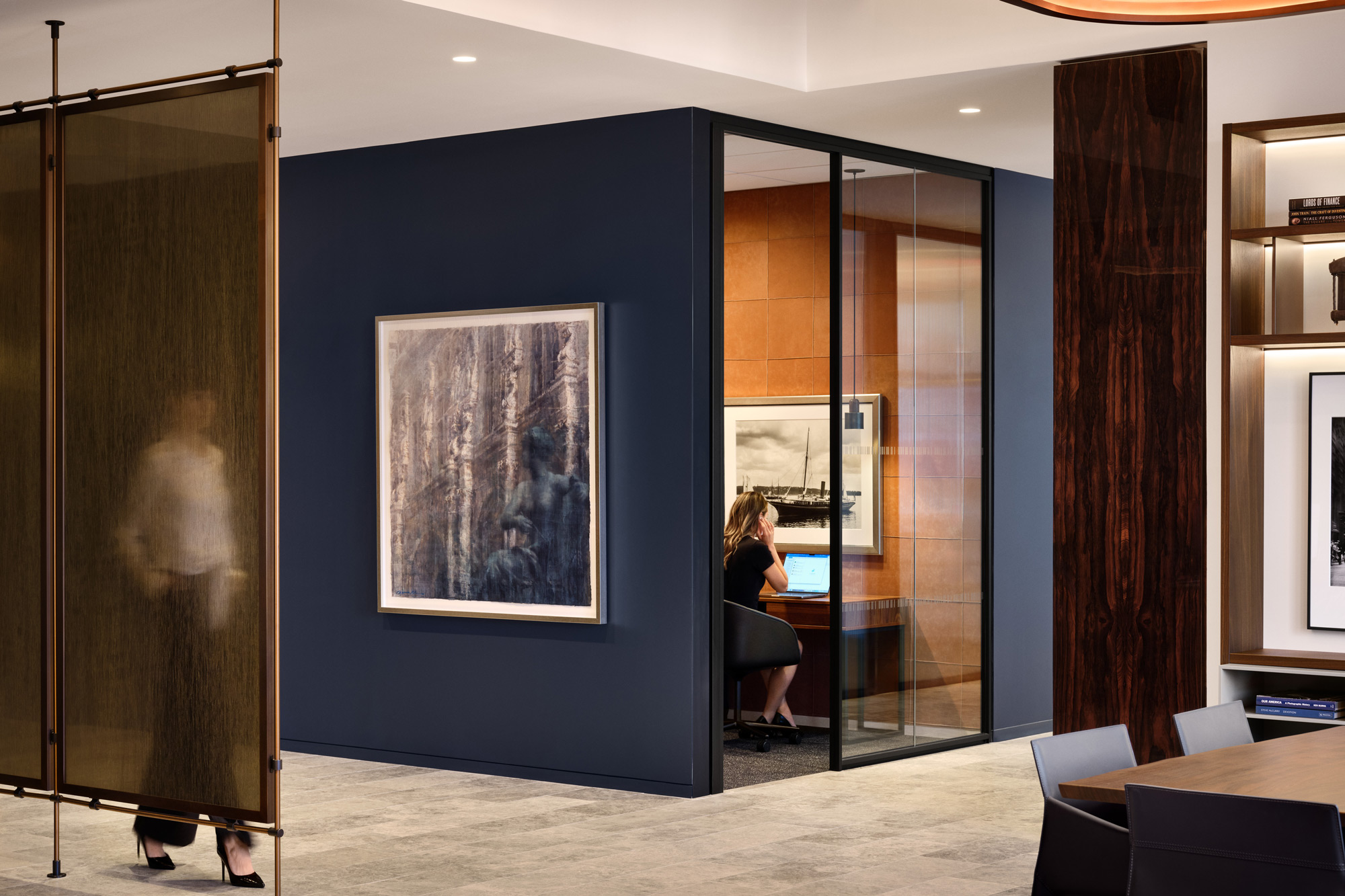
The Data Opportunity
The phrase “smart office” means different things to different people, from touchless elevators and high-tech AV equipment to sensors, retinal scanners, and other biometric security measures. But what does it really mean? And where’s the opportunity?
Today’s most innovative workplaces use data not to surveil and track their people, but to serve and respond to them in real time. With the right systems, you can gain a customized understanding of how spaces are being used: where people gravitate, what tools they prefer, and what makes collaboration successful or frustrating.
The real opportunity is in using data to create spaces that listen, learn, and adapt.
Imagine creating spaces tailored to individuals, with personalized lighting and temperature settings, and acoustics tuned to stress levels. At a larger scale, imagine how utilizing predictive insights could help leaders make better decisions across entire real estate portfolios. This is the opportunity, and it’s already here.
Integrating workplace design with business planning, organizational strategy, and human experience becomes a true lever for transformation.
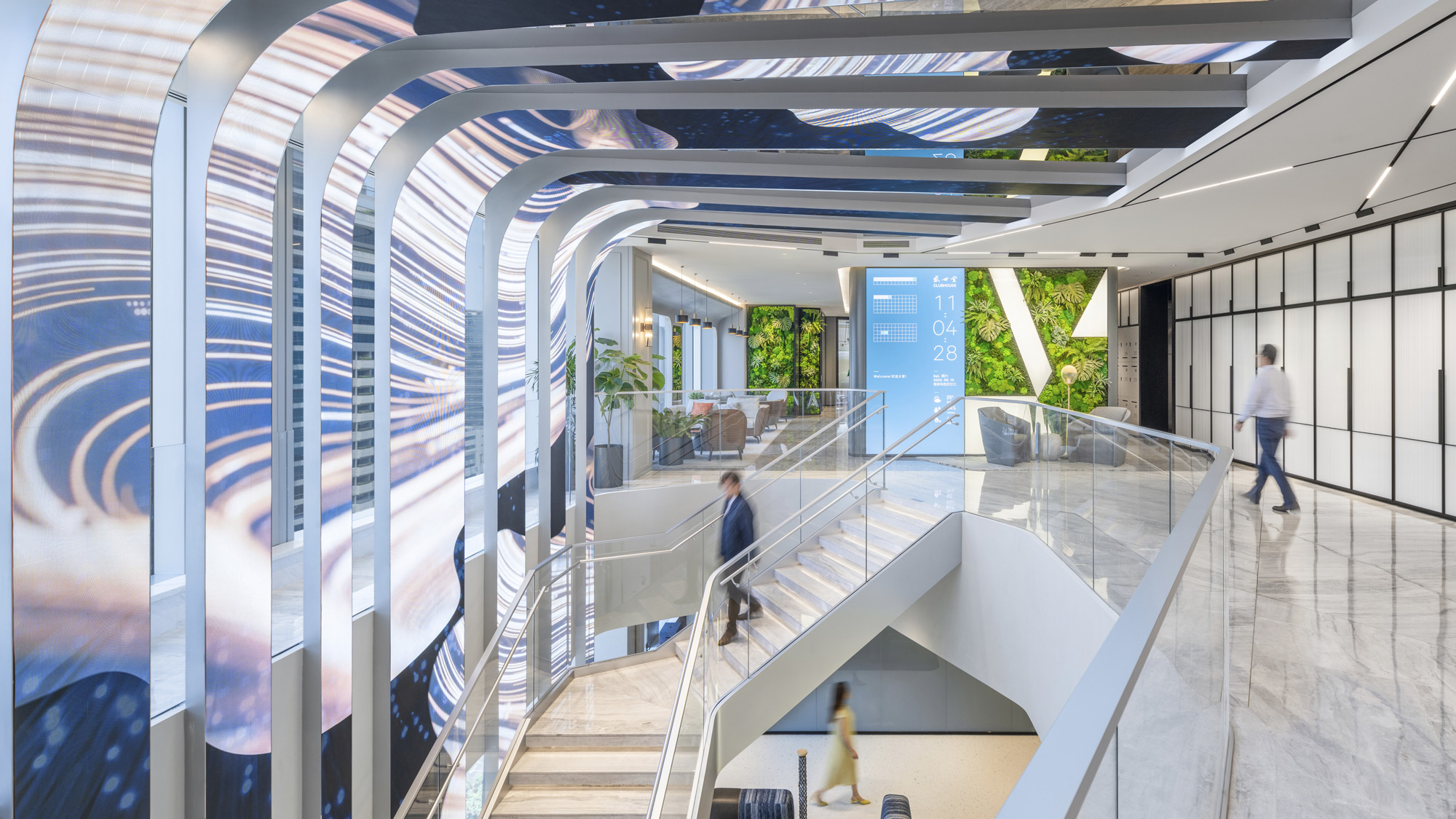
The Workplace of the Future
What if your office was not a place people felt obligated to visit, but rather a place they were drawn to? What if your space anticipated needs and sparked creativity in ways we haven’t yet imagined? What if your workplace became a living system that responded to your people, evolved with your strategy, and amplified your culture every day?
The future of work isn’t about control or compliance. It’s about creating meaning. And we have the opportunity — and the responsibility — to design for that future now.
For media inquiries, email .
